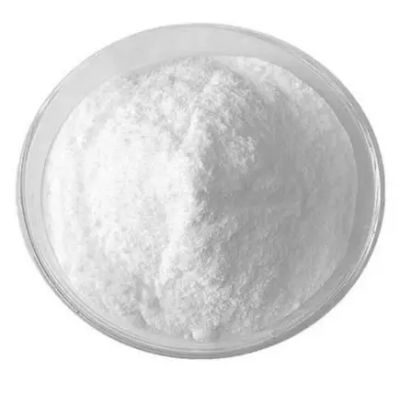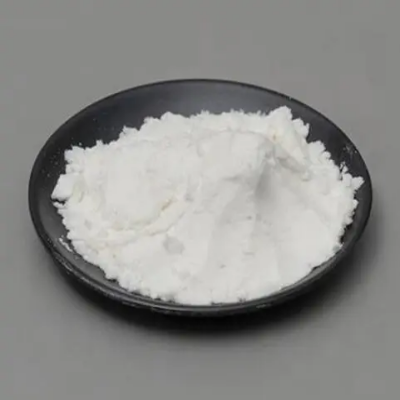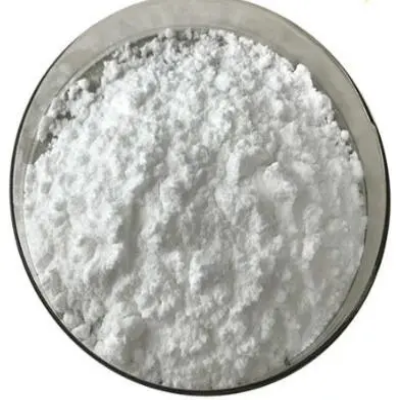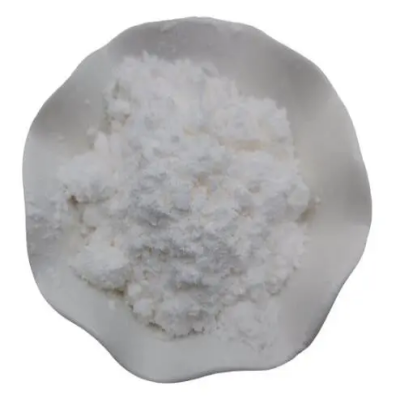Tetrabutylphosphonium chloride CAS:2304-30-5
Tetrabutylphosphonium chloride (TBPC) has numerous valuable applications, particularly in organic synthesis and materials science. One of its primary uses is as a phase-transfer catalyst. TBPC facilitates the transfer of reactants between immiscible phases, especially in reactions where one phase is aqueous and the other is organic. By enhancing the solubility of ionic or polar reactants in organic solvents, TBPC significantly improves reaction rates and yields, proving effective in various industrial processes, including the synthesis of pharmaceuticals, agrochemicals, and fine chemicals. In addition to its role as a catalyst, TBPC is utilized in the formulation of emulsions and dispersions. Its surfactant properties allow it to stabilize emulsions, which is crucial for many applications, including cosmetics, food products, and pharmaceuticals. By reducing surface tension, TBPC enhances the stability and shelf life of these formulations, leading to improved product performance and consumer satisfaction. Moreover, TBPC is of interest in the field of nanotechnology, where it aids in the stabilization of nanoparticles in solution. This capability is particularly beneficial for drug delivery systems and catalytic processes, where stable dispersions of nanoparticles are necessary for optimal performance. The interaction between TBPC and nanoparticles enhances their bioavailability in therapeutic applications and improves catalytic efficiency in chemical reactions. TBPC is also being explored for its potential in the development of ionic liquids. Due to its ionic nature, TBPC can contribute to the formation of ionic liquids with desirable properties, such as low volatility and high thermal stability. These ionic liquids are used in various green chemistry applications, providing environmentally friendly alternatives for traditional solvents in chemical processes. In material science, TBPC can be employed to modify and functionalize polymers, improving the compatibility and properties of polymer blends. This modification is particularly useful in applications requiring specific chemical interactions, such as in coatings, adhesives, and advanced composite materials. Overall, Tetrabutylphosphonium chloride stands out as a significant compound with diverse applications in organic synthesis, materials science, and nanotechnology, highlighting its importance in both research and industrial settings.



| Composition | C26H56ClP |
| Assay | 99% |
| Appearance | white powder |
| CAS No. | 2304-30-5 |
| Packing | Small and bulk |
| Shelf Life | 2 years |
| Storage | Store in cool and dry area |
| Certification | ISO. |









